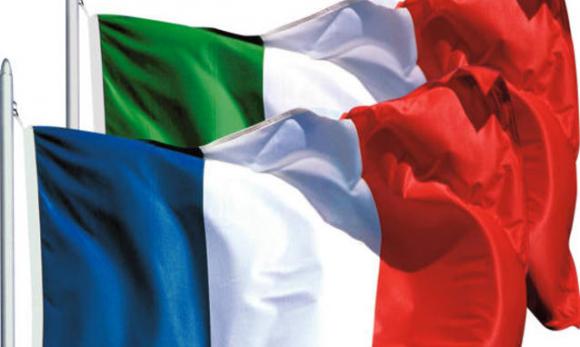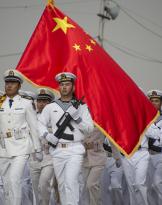On March 21, 2015, without media disturbances, Italy signed an agreement to revise the maritime borders with France in Caen. The meeting was attended by the Minister of Defense Pinotti, the French Minister Le Drian and the Ministers of Foreign Affairs Gentiloni and Fabius.
The agreement, the result of a negotiation started in the 2006 and ended in the 2012, is justified by the Ministry of Foreign Affairs as
"... necessary in order to define the maritime boundaries in the light of the provisions of the United Nations Convention on the Law of the Sea of 1982, which exceeds the Convention for the delimitation of fishing areas in the Bay of Menton of 18 June 1892, a convention that has customary value, as applied and never ratified , in order to fill a legal vacuum ... "
The so-called legal vacuum was added to that of information. No one (or perhaps a few close friends ...) has been told that Italy, with the Caen agreement, effectively renounces some portions of the sea. The subtraction of sovereignty concerns both the Ligurian Sea and the sea between the north of Sardinia and the Tuscan Archipelago.
The fact was absolutely tracked until January 13 when the Italian fishing boat "Mina" was placed in a state of detention by the Gendarmerie Maritime French and escorted to the port of Nice, from which he would leave upon payment of a deposit (about 8000 euros).
Italy, which shines for the number of vessels seized from neighboring countries, thus includes in the special list the very civilized France that when it comes to protecting its interests does not take lessons from anyone.
Corsican newspapers (Corsicaoggi) declare that the treaty of Caen contemplates a sort of territorial exchange whereby Italy sells the so-called "Fossa del cimitero" in the waters of Ospedaletti in the province of Imperia and in exchange would get some shoals between Capraia, the Elba and Corsica. 
We do not know if the renunciation of the "Fossa del cimitero" was made for superstitious matters, but we know that it is a very fishy stretch of sea, especially of red prawns and its sale would have triggered controversy in Liguria for the considerable damage to the navies locals.
The agreement, however, would not yet have been ratified (in Italy by Constitution it is up to the Parliament); indeed, the ratification law required for the final act would not have been prepared either. In Italy nobody knows about the agreement, nor about the reasons that motivated it, nor about the failure to ratify it. In France, on the other hand, apparently they know everything, except that the failure to ratify is so great that the Gendarmerie Maritime moves accordingly.
Beyond the object itself on which the darkest mystery reigns, one wonders why the borders of our country change without the citizens being sufficiently informed. When asked about why the treaty was signed, the need to fill a legal gap does not seem satisfactory.
While the French Gendarmerie with all-Alpine arrogance moves in defense of an unacknowledged right (France then acknowledged the error), our Coast Guard is kept out of contention to avoid exercising a sacrosanct one.
Minister Gentiloni would even have avoided personally intervening on what is a real diplomatic case.
We take this opportunity to underline the political and non-legal aspect of the question. Far beyond the discussion on the cubic meters of sea involved, on its abundance of fish and on the aspects related to the law and the ratification of the treaty, we reflect on the style and the advisability of the same. The choice of the ways in which the whole affair (not) was communicated reminds us of muted political addresses, not worthy of a country like Italy.
One wonders again what the European Union is for when it speaks of rights and freedom of movement when it clearly refers only to those of others.
However, one wonders above all if there is still an Italian sovereignty, in consideration of the fact that the institutions are unable to be credible even in the defense of the prawn.
(Photo: web)












